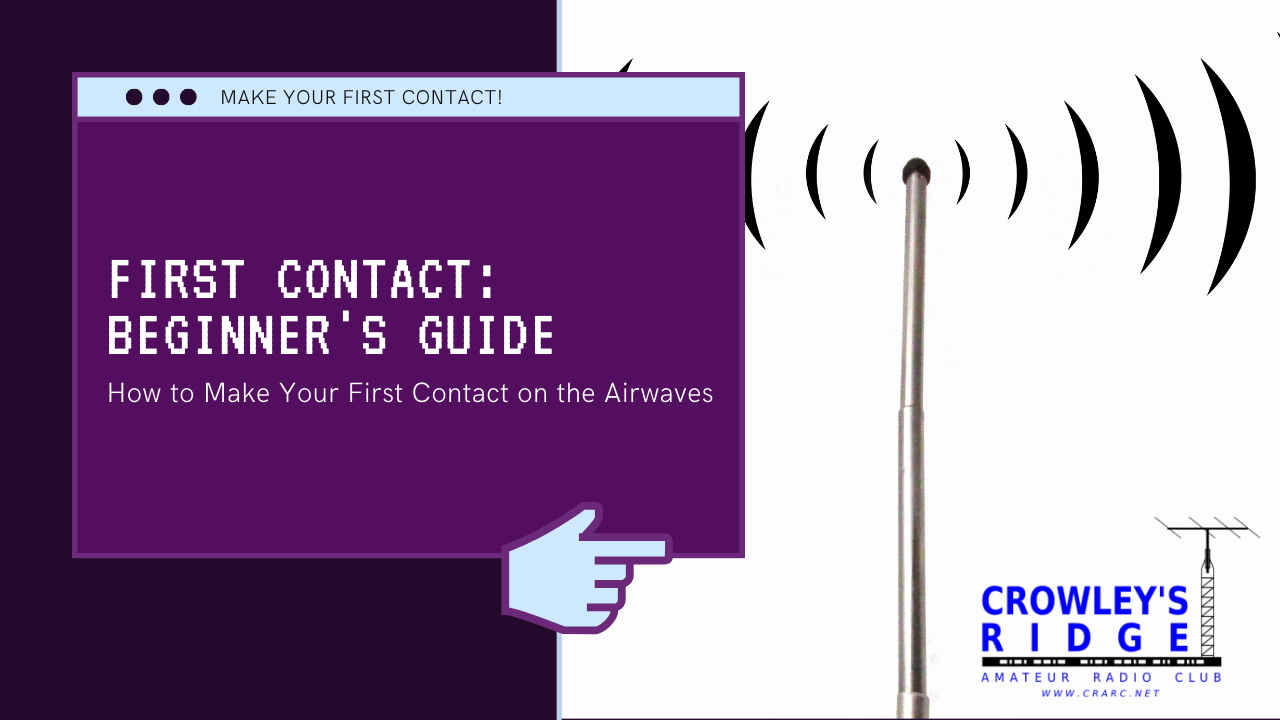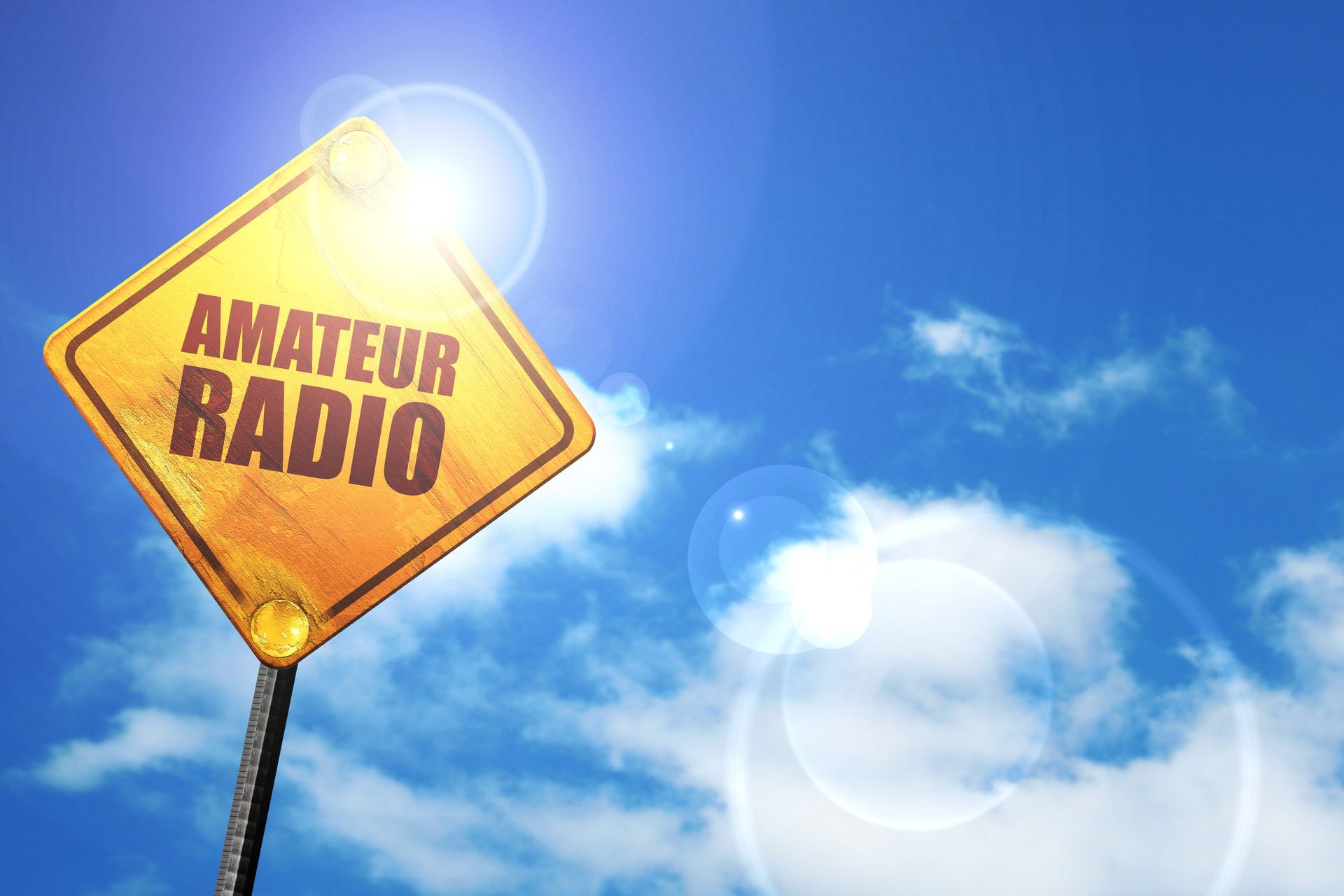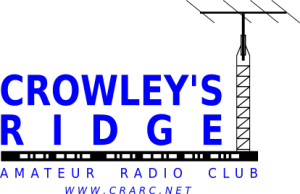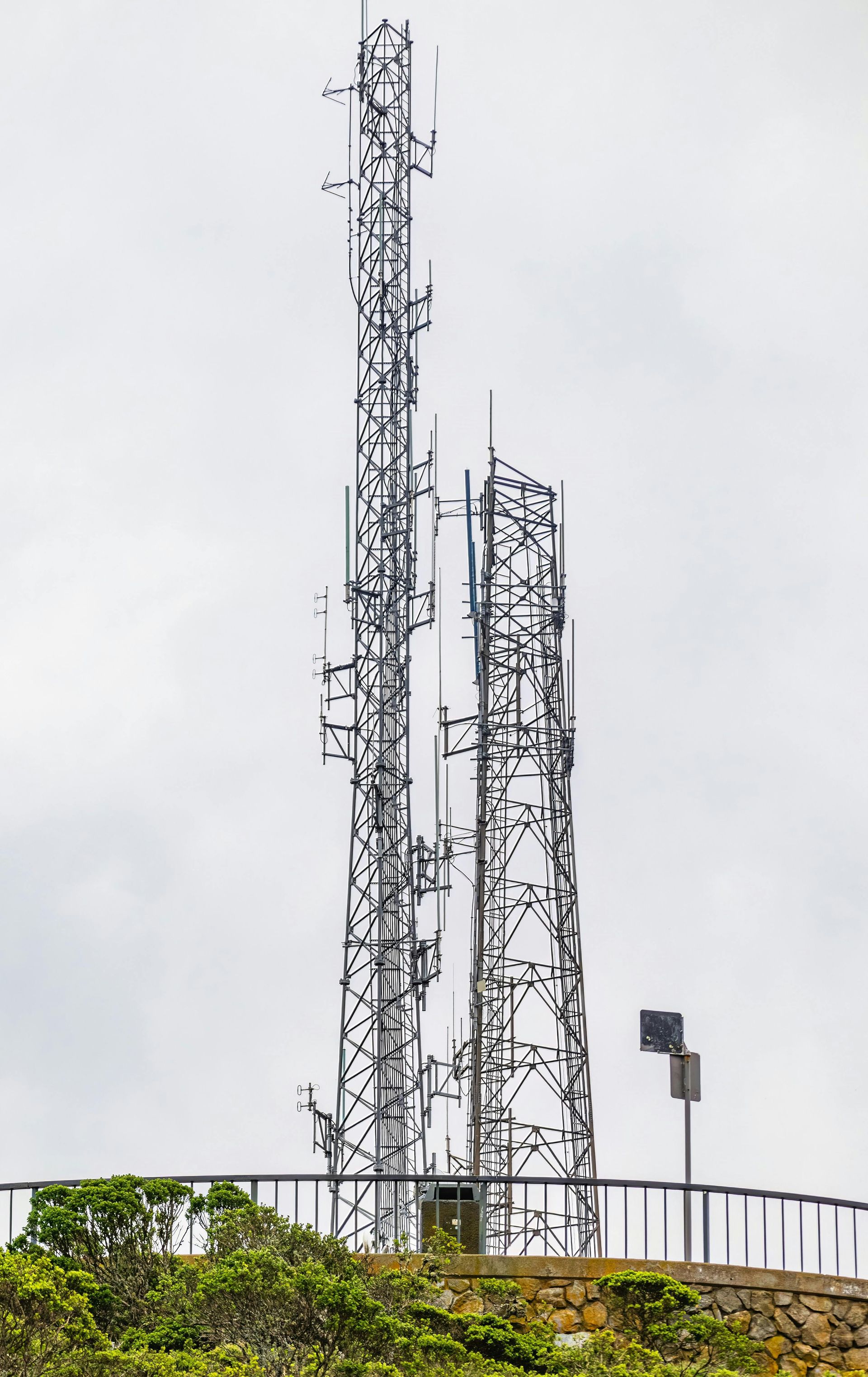A Beginner’s Guide
Getting on the air for the first time as a newly licensed ham operator is an exciting milestone! However, many new operators feel a bit nervous about making their first contact. This guide will walk you through everything you need to know to confidently get on the air and start making contacts with fellow amateur radio operators.

Step 1: Get Your Radio Ready
Before you transmit, ensure that your radio is properly set up and functioning:
✅ Choose the Right Band & Frequency – Start by selecting a popular beginner-friendly band like 2 meters (VHF) or 70 centimeters (UHF) on your local repeater. If you're working HF, 40 meters and 20 meters are great places to start.
✅ Check Your Antenna – Ensure your antenna is properly connected and tuned to the right frequency.
✅ Program Local Repeaters (If Using VHF/UHF) – Find a list of active repeaters in your area from RepeaterBook.com or your local club. Many repeaters require a CTCSS (PL) tone to access.
✅ Check Your Power Settings – Too much power may be unnecessary, while too little may not get your signal out clearly. Start with a moderate setting and adjust as needed.
Step 2: Listen Before You Speak
One of the golden rules of ham radio is to listen before you transmit. This helps you:
🎧 Understand the flow of the conversation.
🎧 Avoid interrupting an ongoing QSO (conversation).
🎧 Learn how others call CQ and respond.
🔹 If you’re using a
repeater, listen for a few minutes to see if it's active.
🔹 On
HF, scan the bands to find a
clear frequency or an active conversation.
Step 3: Making Your First Call – Calling CQ
If you're on an HF band or a simplex frequency, you'll likely need to call CQ, which is an open call inviting anyone to respond. Here’s a simple format:
🎙️ “CQ CQ CQ, this is [your callsign], [your callsign] calling CQ. Standing by.”
Example:
"CQ CQ CQ, this is
KJ5ABC calling CQ. Standing by."
🔹 If no one responds, try calling again after a few minutes.
🔹 If you hear someone else calling CQ,
reply by stating their callsign followed by yours.
Example:
"KJ5ABC, this is W4XYZ. Good evening!"
Step 4: Using a Repeater
Repeaters are widely used in VHF/UHF operations and make it easy to reach other hams in your area. To make a call:
1️⃣
Ensure you have the correct repeater frequency and offset programmed.
2️⃣
Press the PTT (Push-to-Talk) button and say your call sign:
“This is
KJ5ABC, monitoring.”
3️⃣ If someone responds, have a conversation! If not, try again later.
📢
Pro Tip: If you're calling a specific person, use this format:
"W4XYZ, this is KJ5ABC. Are you around?"
Step 5: Conducting a QSO (Conversation)
Once you establish contact, keep your conversation brief and clear. Here are some things you might share:
✅
Signal Reports – “You’re coming in 5 by 9.”
✅
Your Name & Location – “My name is John, and I’m in Trumann, AR.”
✅
Your Equipment – “I’m using a Baofeng HT with a rooftop antenna.”
If on HF, you might exchange RST (Readability, Strength, Tone) signal reports, location, and equipment details.
🎙
Example QSO:
📡 KJ5ABC: "W4XYZ, this is KJ5ABC, how copy?"
📡 W4XYZ: "KJ5ABC, you’re 5 by 9 into Little Rock. Name here is Mark."
📡 KJ5ABC: "Great to hear you, Mark! Name here is John, and I’m running a Yaesu FT-991A with a dipole antenna."
Step 6: Proper Operating Etiquette
📌 Follow these etiquette tips for good on-air behavior:
✅
Use your call sign properly – Identify yourself at the beginning and end of your transmission.
✅
Don’t interrupt – Wait for a break in conversation before speaking.
✅
Be courteous – Amateur radio is a friendly hobby; avoid political arguments or controversial topics.
✅
Don’t “kerchunk” – Pressing the PTT button without speaking to test the repeater is poor practice.
Step 7: Logging Your Contacts
If you’re on HF bands, it’s a good idea to log your contacts using a logbook or online service like QRZ.com or Logbook of the World (LoTW). This helps track your QSOs and work toward awards like Worked All States (WAS) or DXCC.
📖 Example Log Entry:
📅 Date:
04/10/2025
🎙 Callsign:
W4XYZ
📡 Band:
20m
📍 Location:
Trumann, AR
📶 Signal Report:
59
Step 8: Keep Practicing & Join the Community
The more you operate, the more comfortable you’ll become! Here are some ways to stay engaged:
🎙
Join a Local Club – Find a ham radio club near you for support and networking.
🎙
Participate in Nets – Many clubs hold weekly nets where you can practice on the air.
🎙
Try Special Events & Contests – Field Day, POTA (Parks on the Air), and state QSO parties are great ways to make contacts.
Final Thoughts
Making your first contact on the air can be a little nerve-wracking, but it’s a huge milestone in your ham radio journey! By following these steps, listening before transmitting, and practicing good etiquette, you'll be a confident and skilled operator in no time.
So go ahead—pick up that mic, call CQ, and start making connections! 📡🎙
👉 Have you made your first contact yet? Share your experience in the comments below!


